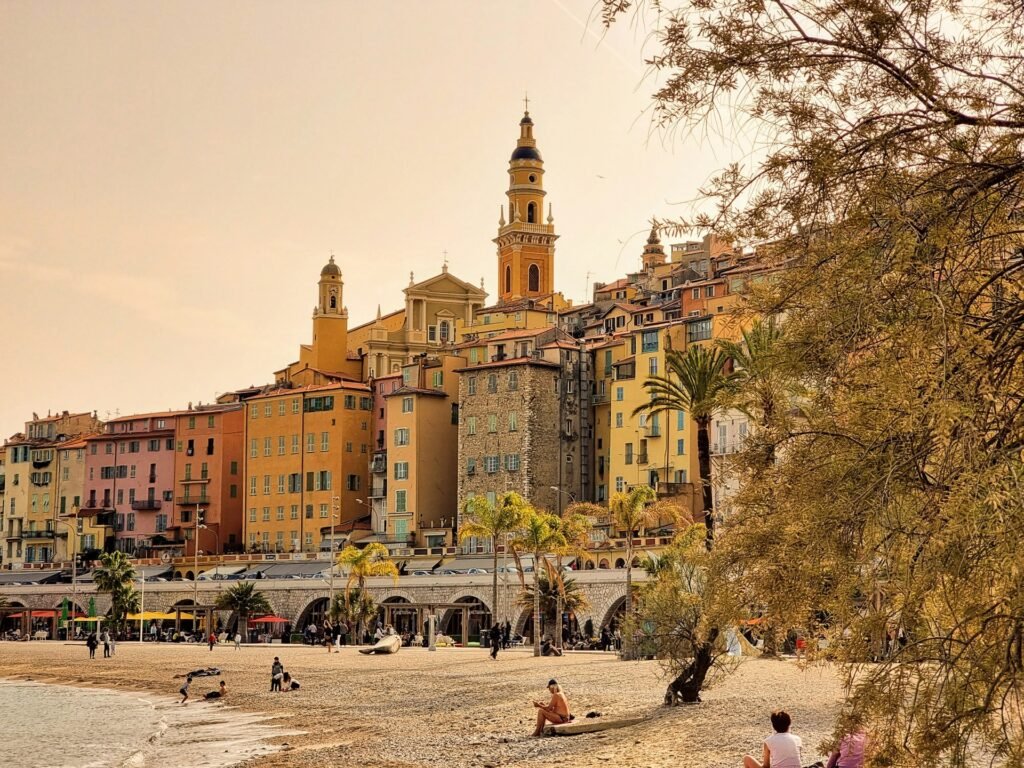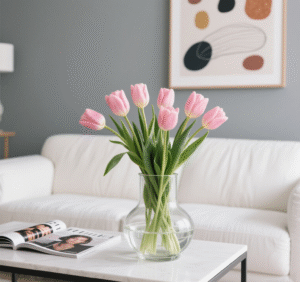This post may contain affiliate links which means we may receive a commission at no cost to you, if you make a purchase through a link. Please see our full disclosure for further information.
Planning a trip to Paris or France? You’re sure to love the culture, food, and beauty. To make your trip even better, here are some French etiquette tips. Knowing these tips will help you avoid looking like a tourist and blend in with the locals.
Everyday Interactions
Human interaction is key in France. When you meet someone, even briefly, it’s important to make a good first impression. Always start with “bonjour” (hello) and end with “au revoir” (goodbye) or “bonne journée” (have a good day). Doing this can prevent many rude interactions.
When asking for something in a store, don’t just demand it. Instead, pause slightly after saying “bonjour,” then ask your question. For example, say “Bonjour, … do you have this?” This is much more polite. It’s also good to add “madame” or “monsieur” after “bonjour” as a sign of respect.
Keep your voice down in public. The French tend to speak more quietly than people from other countries. Also, be aware of your actions. Paris is a diverse city, but most French people try to be helpful.
When leaving the metro, hold the door for the person behind you. They will likely say “merci” (thank you). On escalators, stand to the right so others can pass.
Service Culture
Don’t expect the customer to always be right. It’s more important to be polite and respectful. Always ask for things nicely. Remember, service workers are people too.
Be patient, understanding, and kind. Never snap your fingers or wave to get someone’s attention. Walk up to them and ask directly. While not every French person speaks English well, most will try to help. It’s polite to ask “Parlez-vous anglais?” (Do you speak English?) before speaking in English.
If you accidentally bump into someone, say “excusez-moi” (excuse me) or “pardon” (pardon). If you need to pass through a line, say “pardon” as well.
Formality comes first. Use “vous” instead of “tu” when speaking to people you don’t know or to older people. “Vous” shows respect. Even if you’re not fluent, try to start a conversation in French.
Your tone matters. Speak in a friendly tone. Make eye contact. Don’t expect everyone to smile at you. The French often have a neutral face. This doesn’t mean they are rude. Never interrupt a conversation, even between employees.
Be clear and concise when asking for something. Don’t chat too much before getting to the point. Always show gratitude by saying “merci beaucoup” (thank you very much).
Dress and Personal Presentation
There are no strict rules for dressing in Paris. However, it’s best to dress smartly, even on casual days. This means being comfortable but avoiding clothes that look like you just came from the gym.
Avoid wearing sweatpants in public. Instead, choose comfortable fabrics like cotton or linen. A simple t-shirt can be a good choice.
A scarf can elevate your outfit in autumn and winter. It works for both men and women. Avoid flip-flops, especially in restaurants. Instead, wear comfortable sneakers. Parisians like clothes that fit well. It’s better to have clothes that are tailored to you than wearing expensive, tight clothing.
Layering is essential, especially in winter. It can make any outfit look more stylish.
Dining Etiquette
Dining in France is about more than just food. It’s about the small details. When you arrive at a restaurant, wait to be seated. Don’t rush to grab a menu. Wait for the waiter to bring it to you. Never say “garçon” to get their attention. Instead, say “excusez-moi” or make eye contact and raise your hand slightly.
When drinks are served, wait until everyone has their drink before saying “santé” (cheers). Make eye contact with each person as you say it. Not making eye contact is seen as disrespectful.
Sip wine slowly during the meal. Take your time and enjoy the meal. French meals are often long, lasting two or three hours. Bread is an important part of the meal. It’s meant to be eaten with your food, not as an appetizer. Place your bread on the side of your plate, not directly on top.
Place your napkin on your lap, not on your collar (unless you are eating something very messy). Pace yourself while eating. French dining is about conversation and enjoying the experience.
At the end of the meal, you can order “café” (coffee). “Café gourmand” is a popular option. It’s an espresso or tea that comes with small desserts. Even if you don’t want dessert, accompany others who do. It’s impolite to rush them.
When you’re finished eating, place your fork and knife side by side on your plate. This shows that you are done. Keep your hands above the table, but avoid putting your elbows on the table too much.
Conclusion
By following these simple French etiquette tips, you’ll be well on your way to blending in with the locals and having a more enjoyable trip to Paris or France. Remember to be polite, respectful, and aware of your surroundings. Enjoy your trip!
Want to learn more about French culture? Consider exploring resources like books, language learning apps, or online communities to deepen your understanding and appreciation.
7 Things That Will Surprise You About French Culture
20 French Traditions to Customs to Know Before You Go
BBC – Learn French with free online lessons
Uncover further inspiration in our blog.















